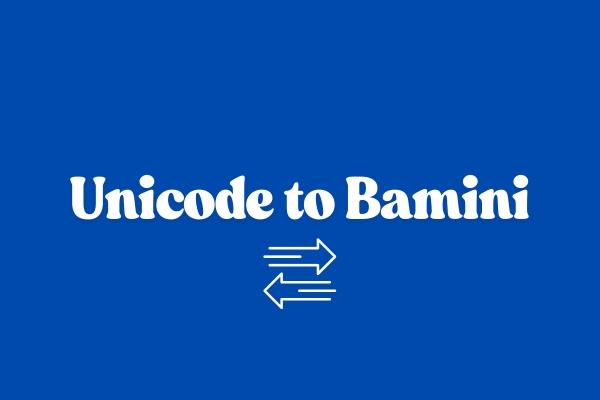Why Convert Unicode to Bamini?
Understand scenarios where conversion to the legacy Bamini font might be necessary for Tamil text.

Interfacing with Legacy Tamil Systems
While Unicode is the universal standard for Tamil text, some older Desktop Publishing (DTP) software, specific printing workflows, or archival documents may still require text in the Bamini font encoding.
This converter allows you to transform your modern Unicode Tamil text into the Bamini format, ensuring compatibility with these specific legacy environments.
- Prepare Tamil text for older DTP applications that only support Bamini.
- Ensure compatibility with specific legacy printing or design workflows.
- Work with existing documents or templates that are in Bamini format.